The next level of chord tone soloing is Guide Tone Targeting. Guide Tones (sometimes called ‘Colour Tones’) are essentially the 3rd’s and 7ths of a chord. Therefore, Guide Tone Targeting is the approach of targeting of these specific chord tones when improvising. Jazz- and blues- guitar players prefer this approach more so than rock guitarists because the 3rd’s and 7th’s are the more characteristic notes of a chord. In other words, they define the chord tonality more than the root and the 5th.
The Circle of 5ths Progression
For the purpose of this lesson, we shall use the circle of 5th progression as shown on below. This chord progression contains both major II-V-I and the minor II-V-I progressions within its 8 bars. Bar 4 contains the IVmaj7 chord of the key to connect to the minor II-V-I in bar 5. The progression ends by changing the iv minor7 into a dominant 7 to resolve back to the Dm7 so that the progression can repeat itself.
Here we will apply it in the key of C major.

Let us analyze the chord diagrams for the guide tones. The chord diagrams are shown below with their Guide Tones highlighted in red.
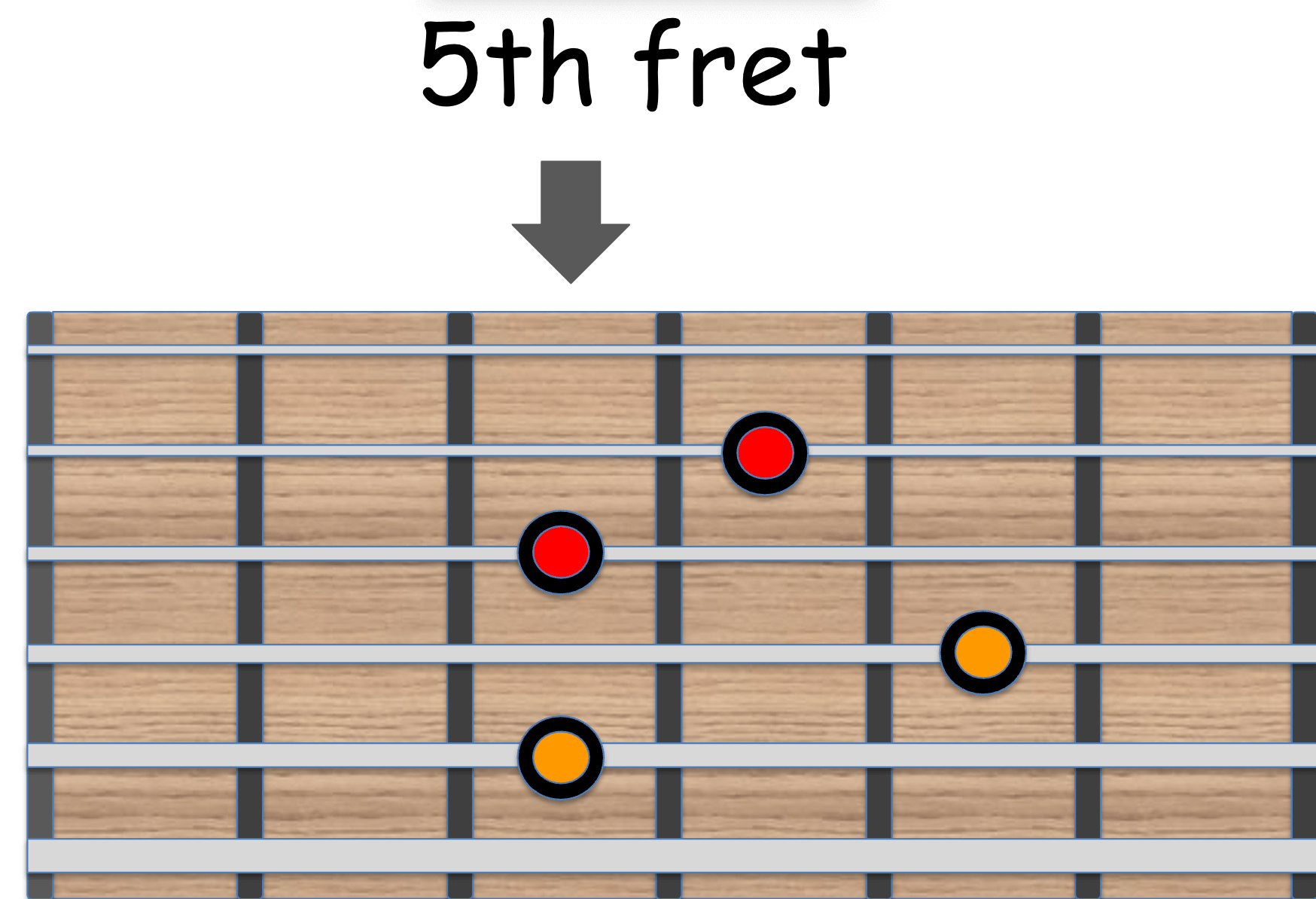
Dm7
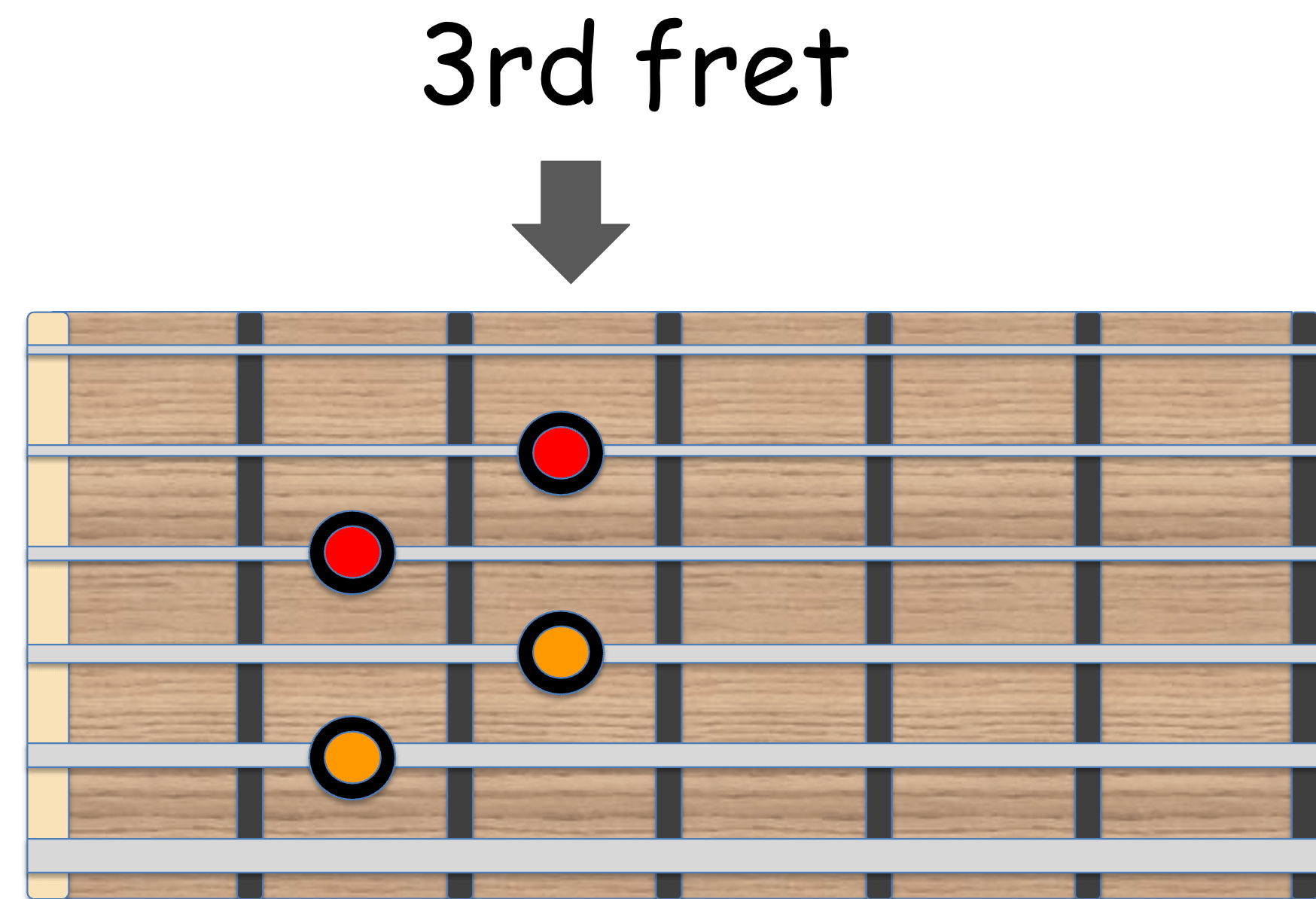
Bm7(b5)

G7
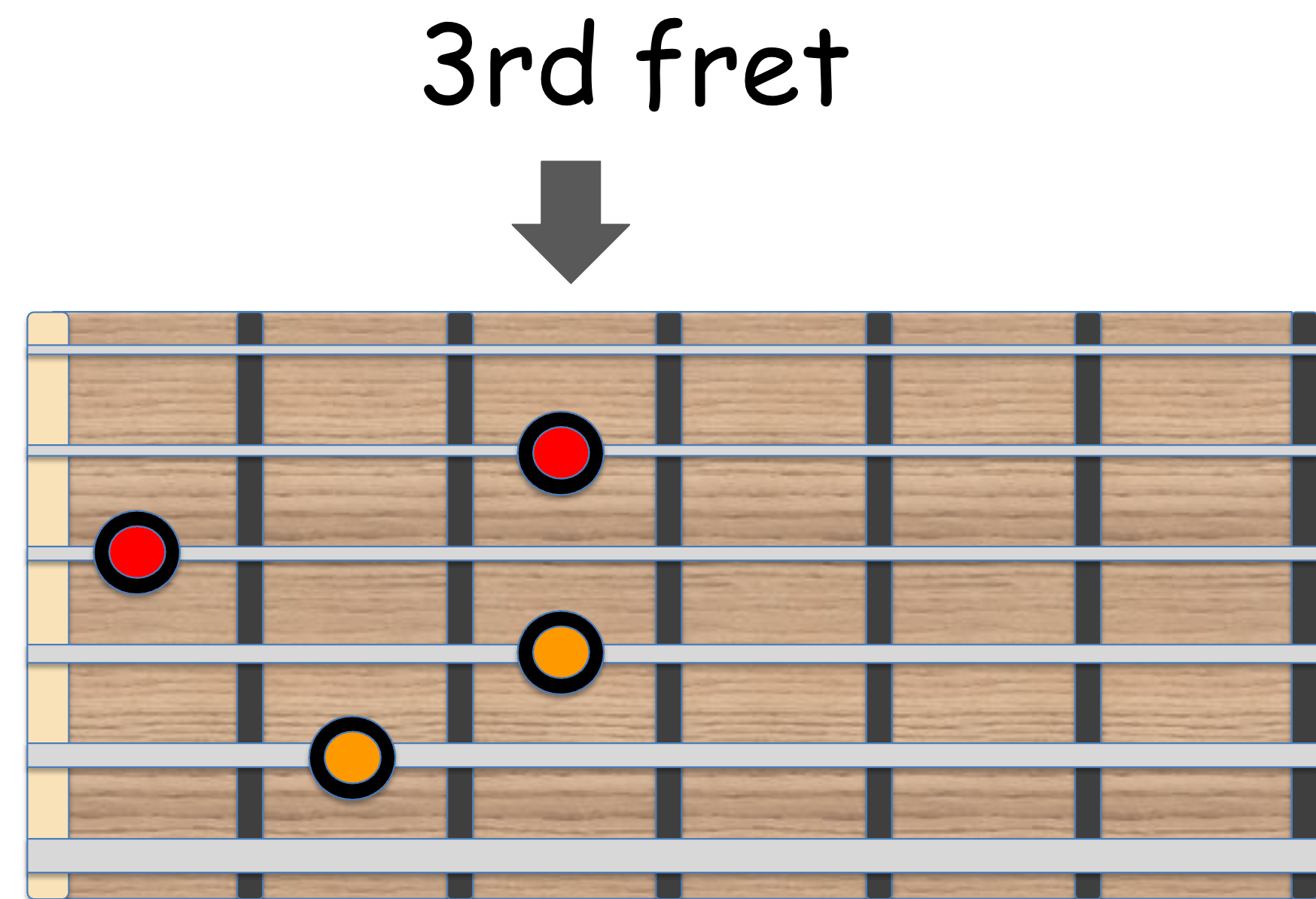
E7(b9)
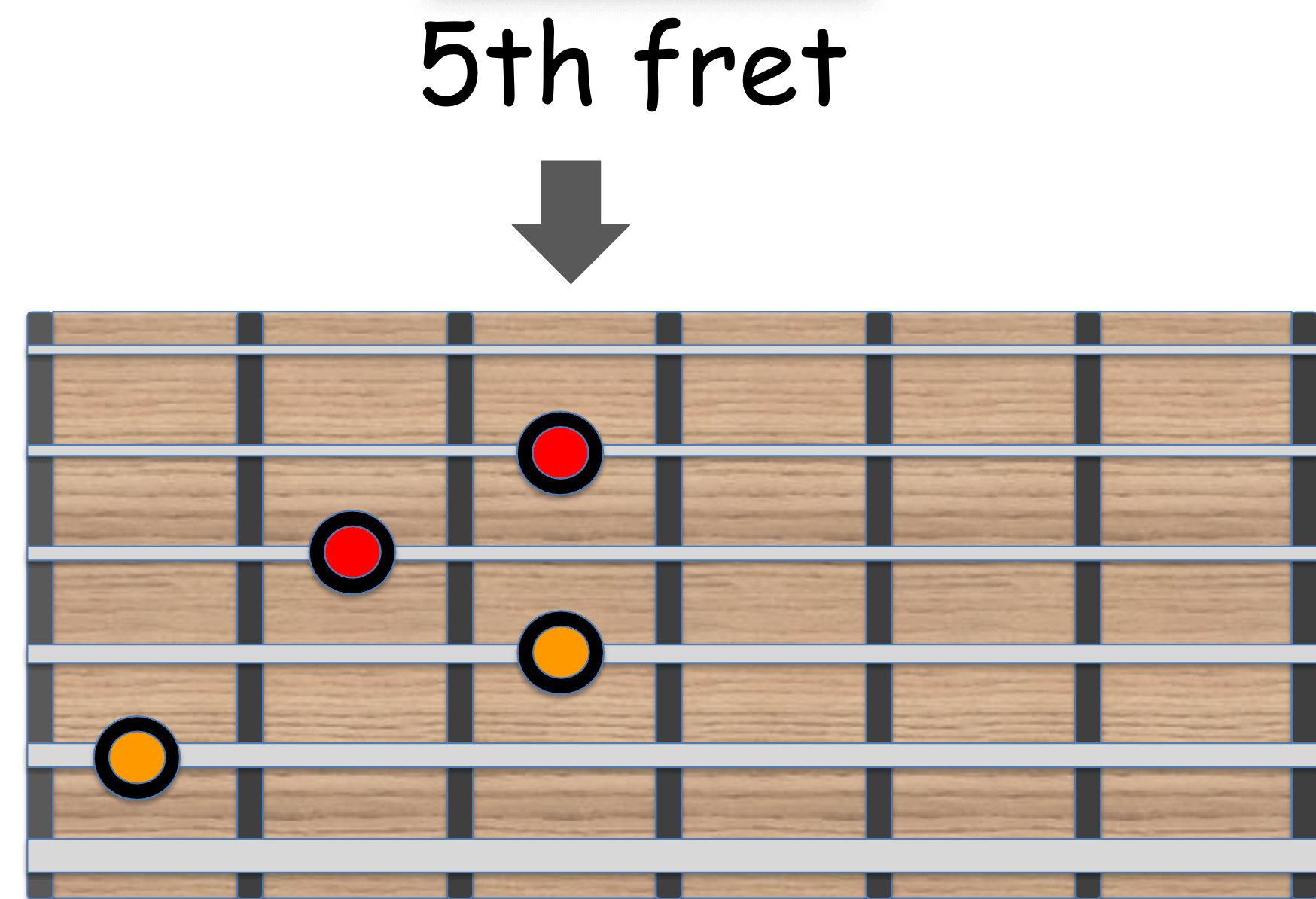
Cmaj7

Am7

Fmaj7

A7
Analysis of Chord Voicings
There are 2 points to note here.
The first is that the Guide Tones occupy solely the 2nd and 3rd strings in all the voicings above.
The second point is that the chord progression transverse across the neck from the 5th fret down to the nut (open position). As a result, the player usually requires to change between 3 different scale boxes (shown below) in order to navigate this progression.
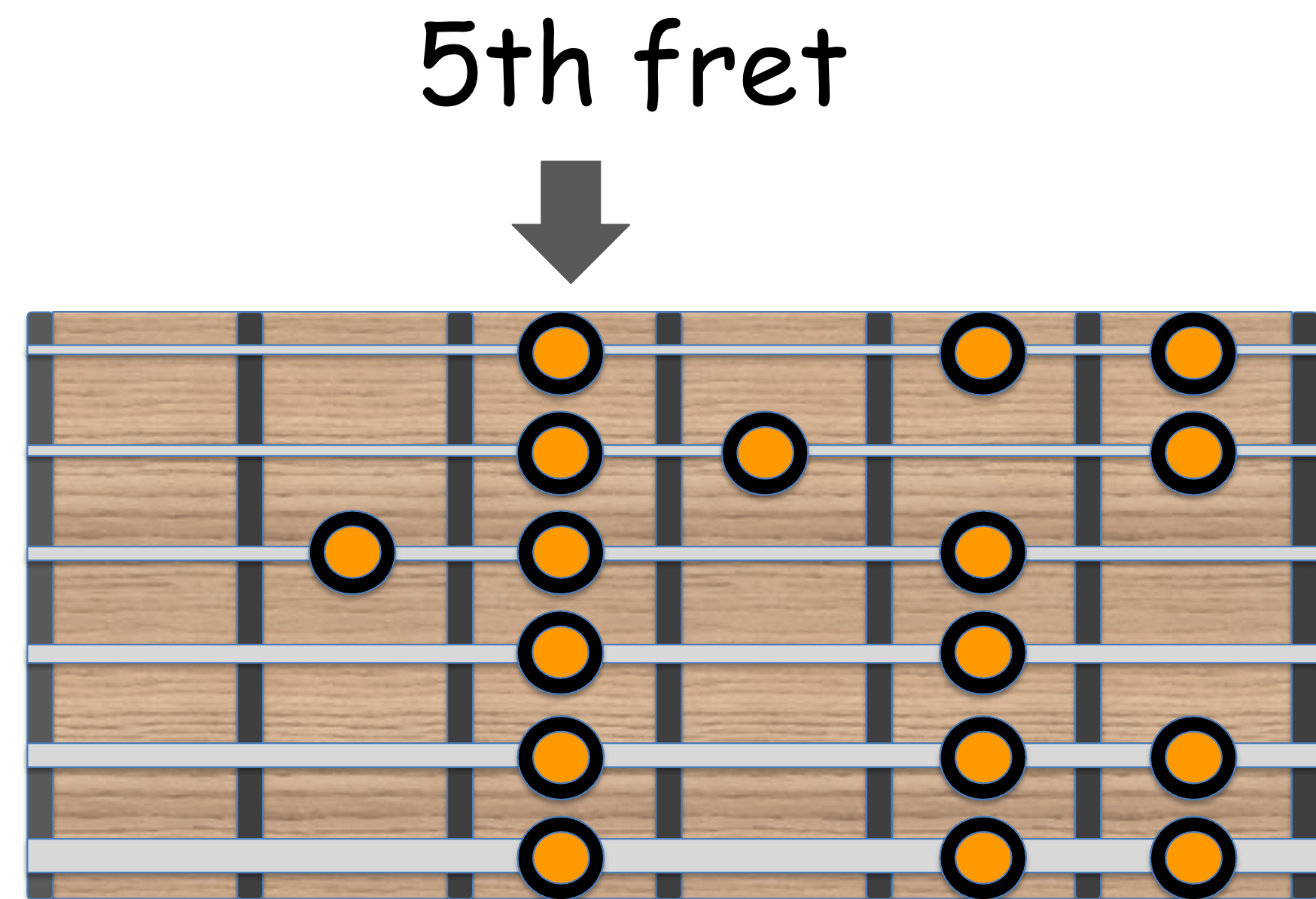
C major scale @5th fret.
i.e. A minor scale box
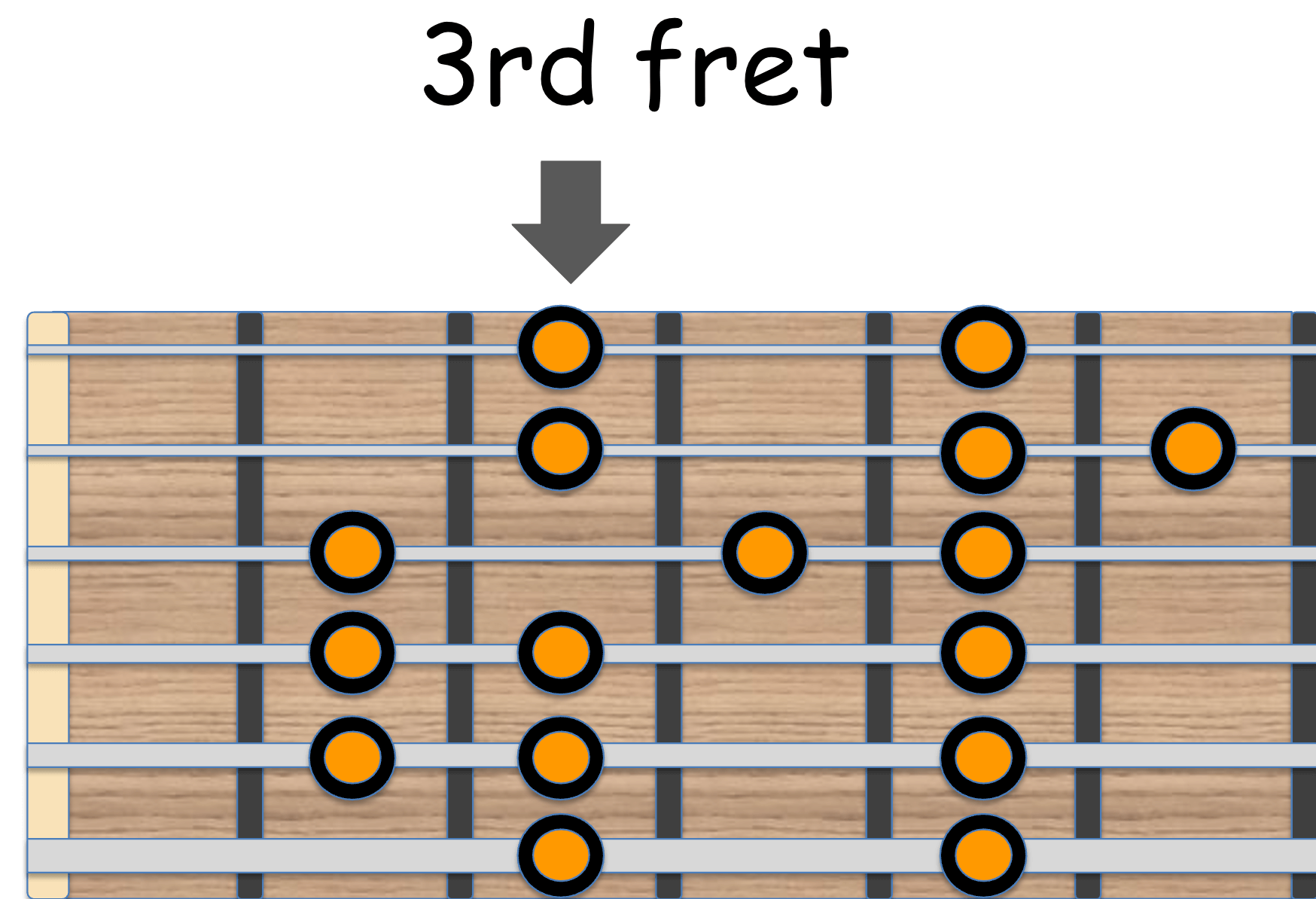
C major scale @3rd fret
i.e. G Mixolydian scale box

C major scale @open position
i.e. E Phrygian scale box
A Better Way to Apply Guide Tone Targeting
Instead of traversing the fretboard this way, let us try to keep all the guide tones in a singular scale box. We shall use the A minor scale box at the 5th fret for this example. Guitarists especially rock players, are good at soloing in a single box so why not apply this approach here. The following diagrams show the respective Guide Tones of the corresponding chord highlighted in red.
Guide Tones in the A minor Scale Box
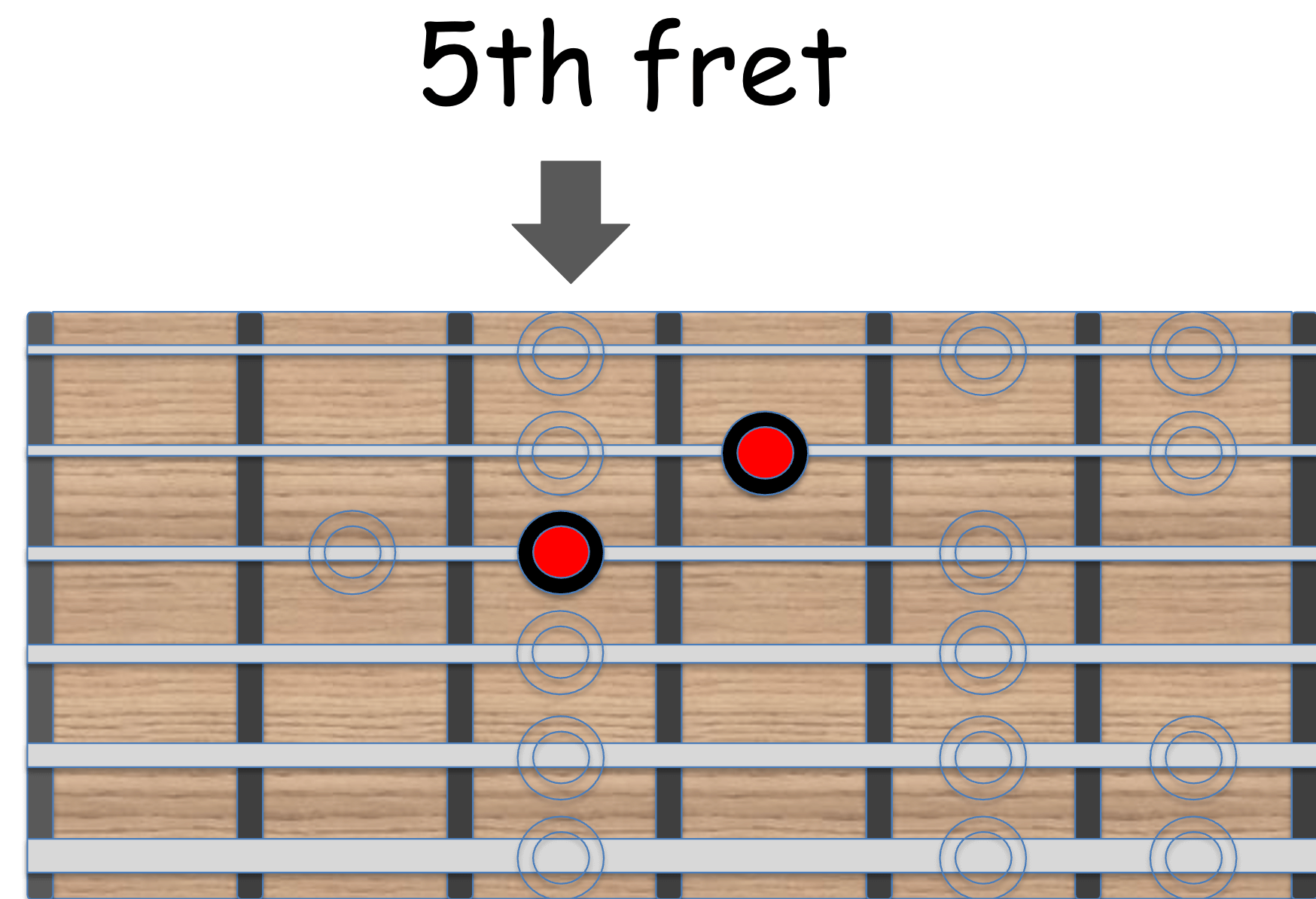
Dm7
(Guide Tones)
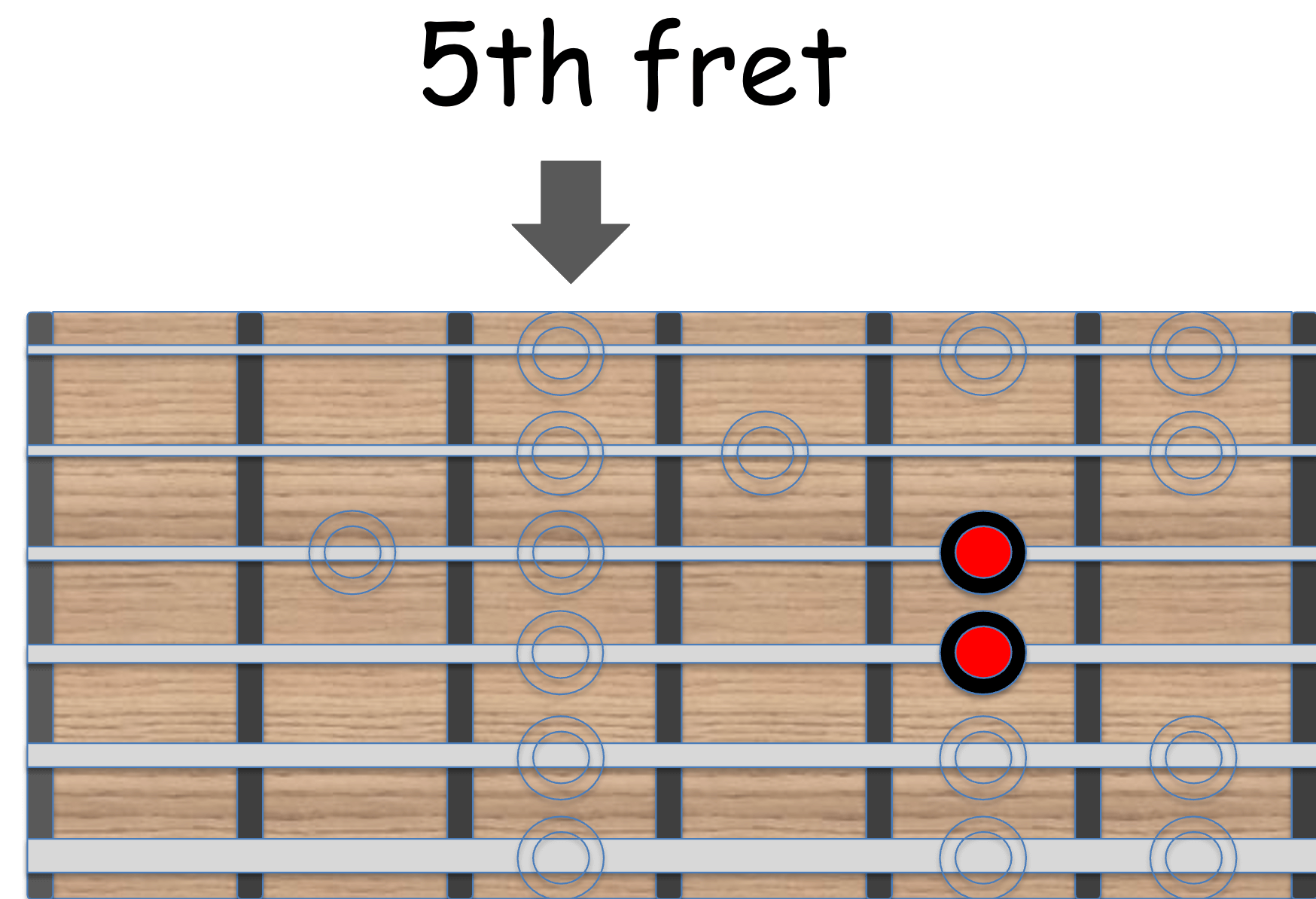
Bm7(b5)
(Guide Tones)
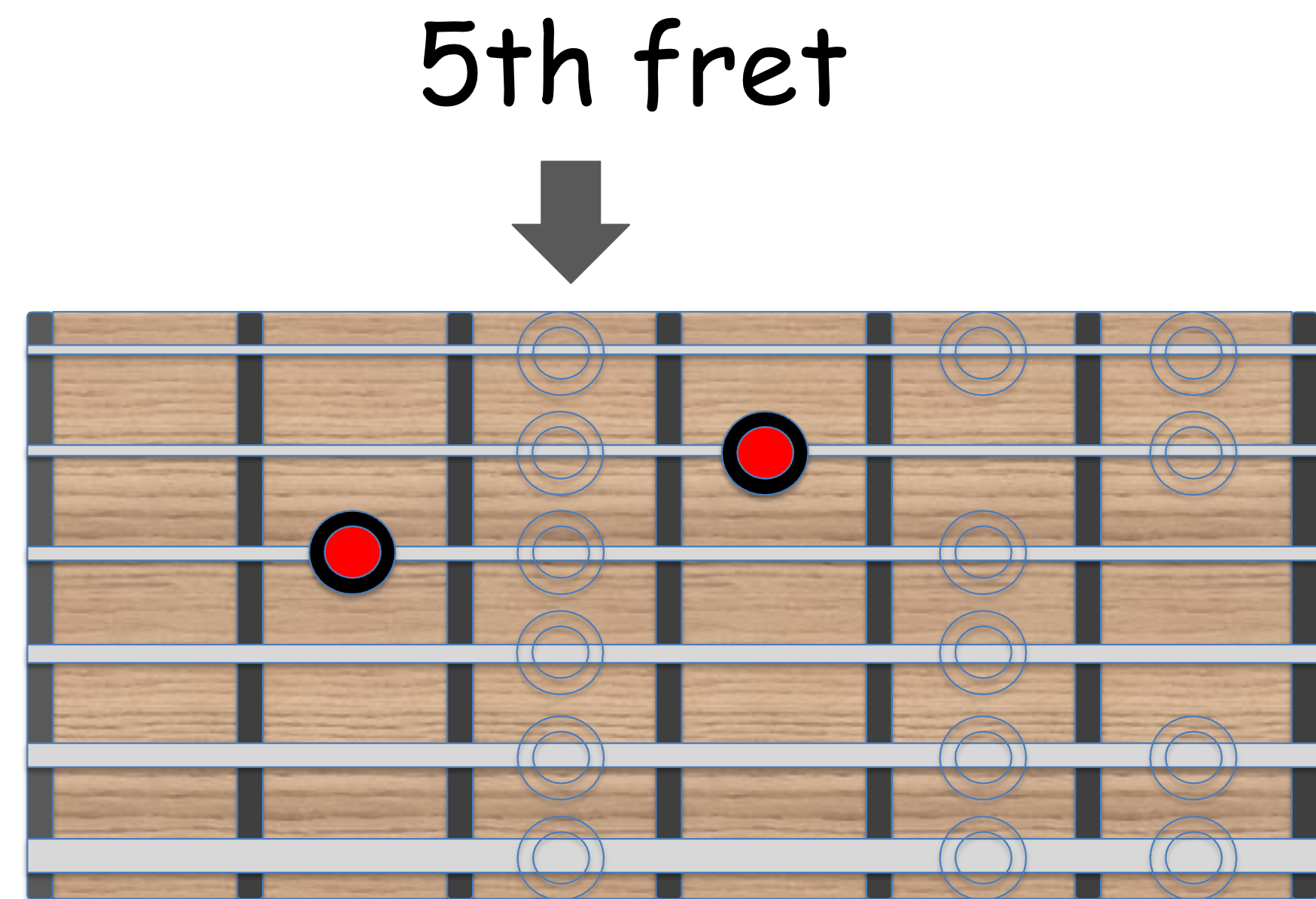
G7
(Guide Tones)
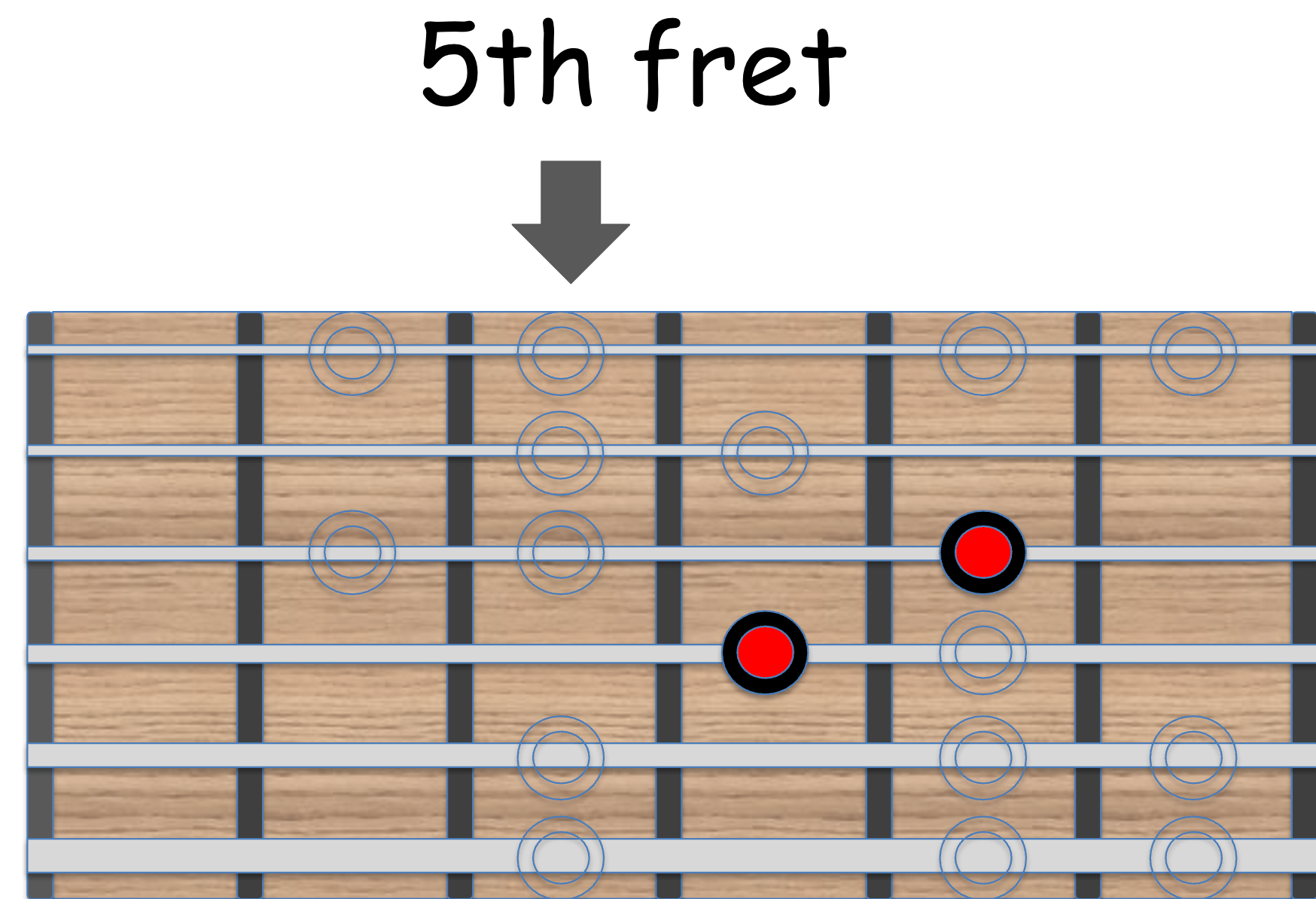
E7(b9)
(Guide Tones)
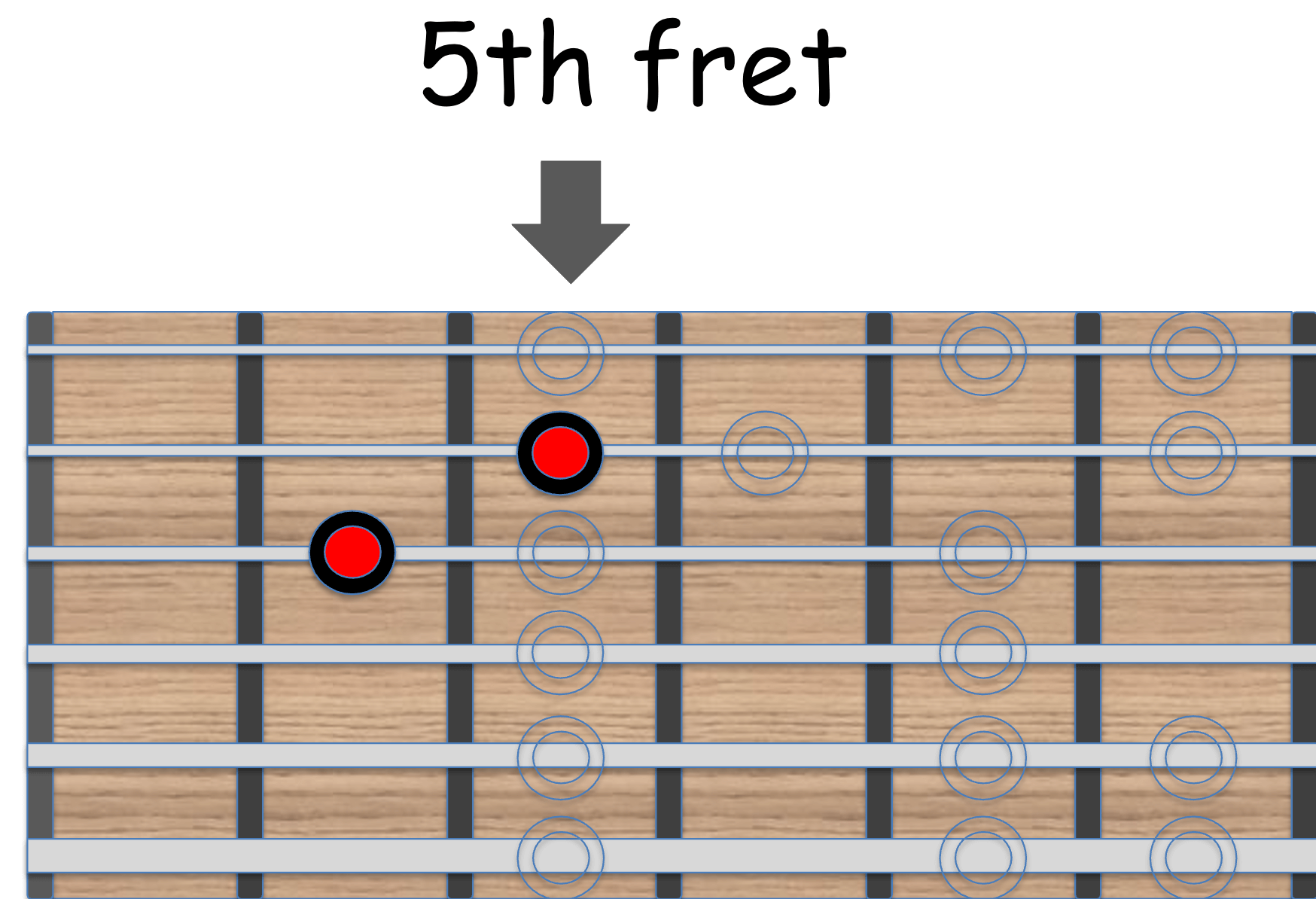
Cmaj7
(Guide Tones)

Am7
(Guide Tones)
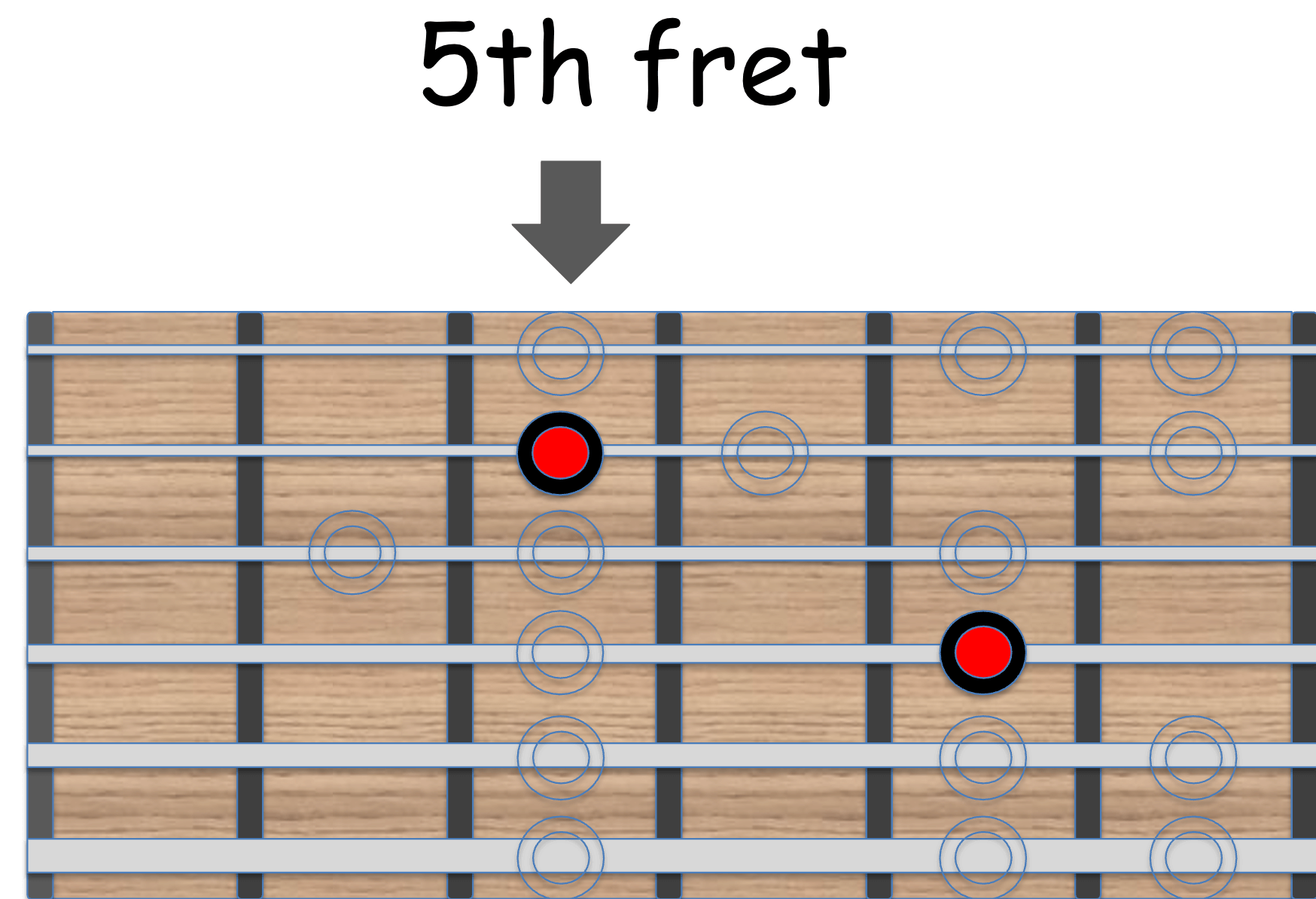
Fmaj7
(Guide Tones)

A7
(Guide Tones)
These guide tones will result in a particular melody that oftentimes sounds like the head of certain jazz standards. Such standards use the same progression and we often learn to solo by developing those head melodies. This traditional method of learning improv trains our ears to develop an affinity for guide tones.
The above diagrams introduce how these notes might appear in a scale box at a given location. We simply need to connect these guide tones with appropriate lines to make effective solo lines and passages.
The video below demonstrates the above concepts in greater detail.
